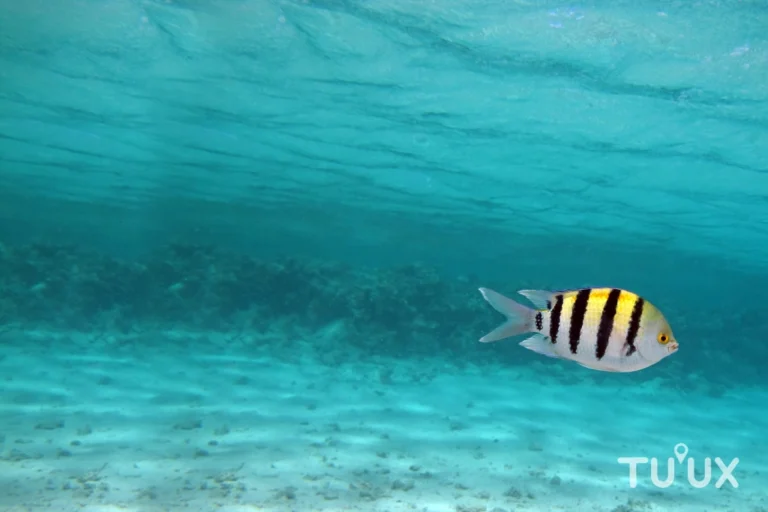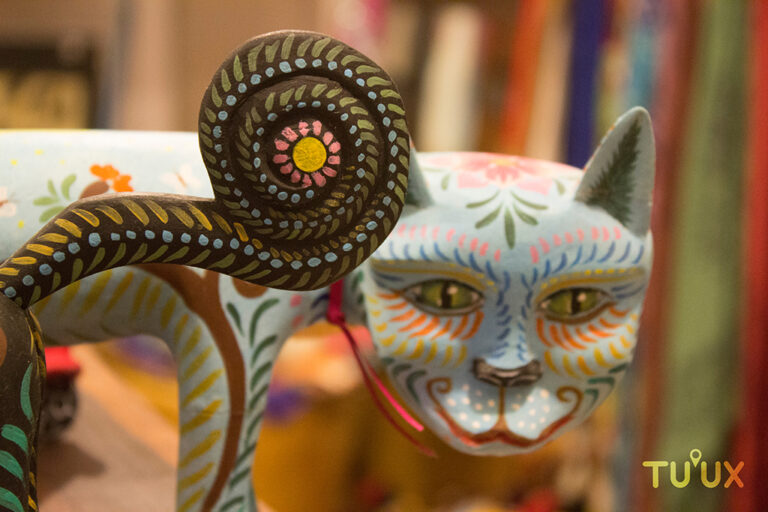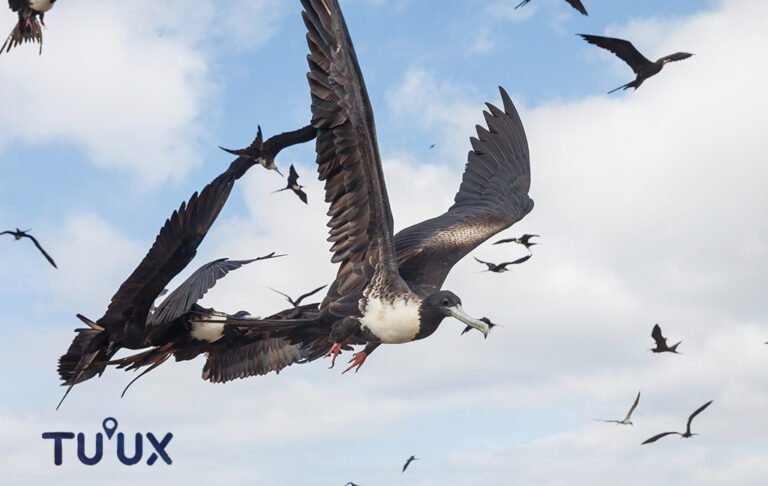PÁJARO CARPINTERO
🔨 El Pájaro Carpintero del Caribe Mexicano: Tamborileros del Trópico.
🌴 Introducción
En lo más profundo de la selva tropical del Caribe Mexicano, un sonido rítmico y penetrante rompe el silencio del amanecer: es el tamborileo inconfundible del pájaro carpintero. Estas aves, símbolos de tenacidad y destreza, no solo embellecen el paisaje con sus vivos colores, sino que cumplen un papel ecológico vital como constructores de hogares para decenas de especies. En regiones como Mahahual, Bacalar, Tulum o la Reserva de Sian Ka’an, su presencia es un indicador de la salud del ecosistema.
🛠️ ¿Qué Hace Único al Pájaro Carpintero?
Los carpinteros pertenecen a la familia Picidae, conocidos por su comportamiento de picotear árboles con una precisión que asombra. Esta actividad no solo tiene fines alimenticios—buscando larvas, insectos y savia—sino que también les permite excavar cavidades para anidar, muchas veces reutilizadas por otras especies.
Adaptaciones Asombrosas
- Pico afilado y resistente: actúa como un verdadero cincel.
- Lengua extensible: algunas especies la proyectan hasta 10 cm más allá del pico para alcanzar insectos en lo profundo.
- Craneo reforzado y sistema amortiguador: evita daño cerebral por el golpeo constante.
- Patas zigodáctilas: dos dedos hacia adelante y dos hacia atrás, que les permiten trepar y sujetarse con firmeza.
🌿 Especies de Pájaros Carpinteros en el Caribe Mexicano
A lo largo de la península de Yucatán y especialmente en el estado de Quintana Roo, diversas especies de carpinteros se encuentran entre la riqueza de flora y fauna. Aquí algunas de las más representativas:
🔶 Melanerpes aurifrons – Carpintero Frentidorado
- Identificación: frente amarilla brillante, plumaje negro con tonos rojos y blancos.
- Hábitat: común en áreas semiabiertas, incluso cerca de comunidades rurales.
- Comportamiento: curioso, social y adaptable a hábitats modificados por el ser humano.
🔴 Dryocopus lineatus – Carpintero Lineado
- Identificación: gran tamaño, plumaje negro, líneas blancas en las alas y cresta roja encendida.
- Hábitat: bosques maduros y selvas tropicales, a menudo en zonas protegidas como Sian Ka’an.
- Sonido: su tamborileo fuerte se escucha a largas distancias.
🟡 Melanerpes pucherani – Carpintero Carinegro
- Identificación: cabeza negra, espalda amarilla y abdomen rojo.
- Distribución: prefiere selvas húmedas y es menos visible, pero muy activo.
- Alimentación: frutas, insectos y néctar.
🪵 Un Rol Clave en el Ecosistema
Los carpinteros son verdaderos ingenieros del bosque. Al excavar sus nidos en troncos viejos o muertos, permiten que otras aves, reptiles y pequeños mamíferos reutilicen estas cavidades como refugio. Entre los beneficiados se encuentran:
- Búhos y lechuzas
- Murciélagos
- Ardillas
- Aves como trogones, cenzontles y momotos
Además, actúan como controladores biológicos al alimentarse de insectos que podrían dañar la vegetación.
📍 ¿Dónde Verlos?
El Caribe Mexicano ofrece múltiples escenarios para el avistamiento de carpinteros en su hábitat natural. Algunos lugares recomendados son:
- Reserva de la Biosfera Sian Ka’an
- Selvas alrededor de Mahahual
- Zona de conservación de Felipe Carrillo Puerto
- Laguna de Bacalar y sus alrededores
- Parque Nacional Tulum
Llévate binoculares, respeta el silencio y observa los árboles con cavidades. A menudo, solo se necesita paciencia y atención para descubrirlos en plena labor.
⚠️ Retos de Conservación
Aunque muchos carpinteros no están en peligro inmediato, su futuro depende de la preservación del bosque. La deforestación, los incendios forestales y la urbanización desmedida reducen los sitios donde pueden anidar y alimentarse.
¿Cómo Puedes Ayudar?
- Apoya iniciativas de reforestación y protección de áreas naturales.
- Evita talar árboles viejos, especialmente los que muestran cavidades o actividad animal.
- Promueve la educación ambiental y el ecoturismo responsable.
- Participa en plataformas de ciencia ciudadana como iNaturalist para registrar avistamientos.
🧭 Conclusión: Latido del Bosque Caribeño
El pájaro carpintero no solo talla la madera: talla también la historia ecológica del Caribe Mexicano. Cada picoteo es parte de una sinfonía que construye y mantiene la biodiversidad viva. Observarlo en acción es entender que los pequeños actos de la naturaleza son, muchas veces, los que sostienen la vida en su conjunto.
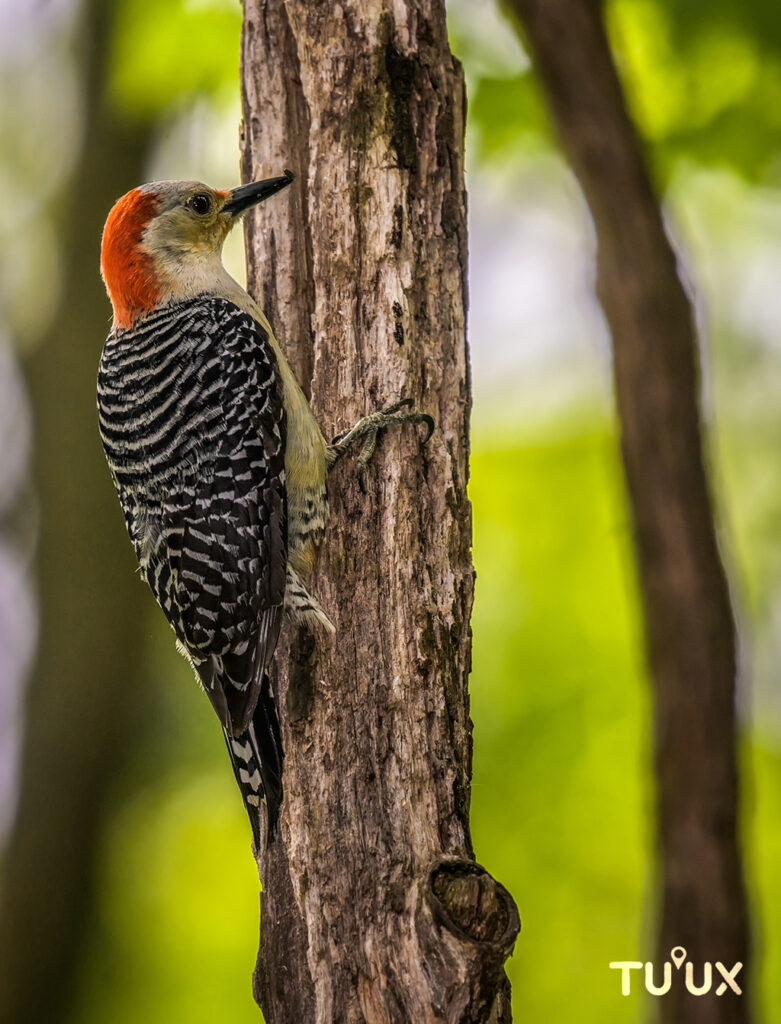
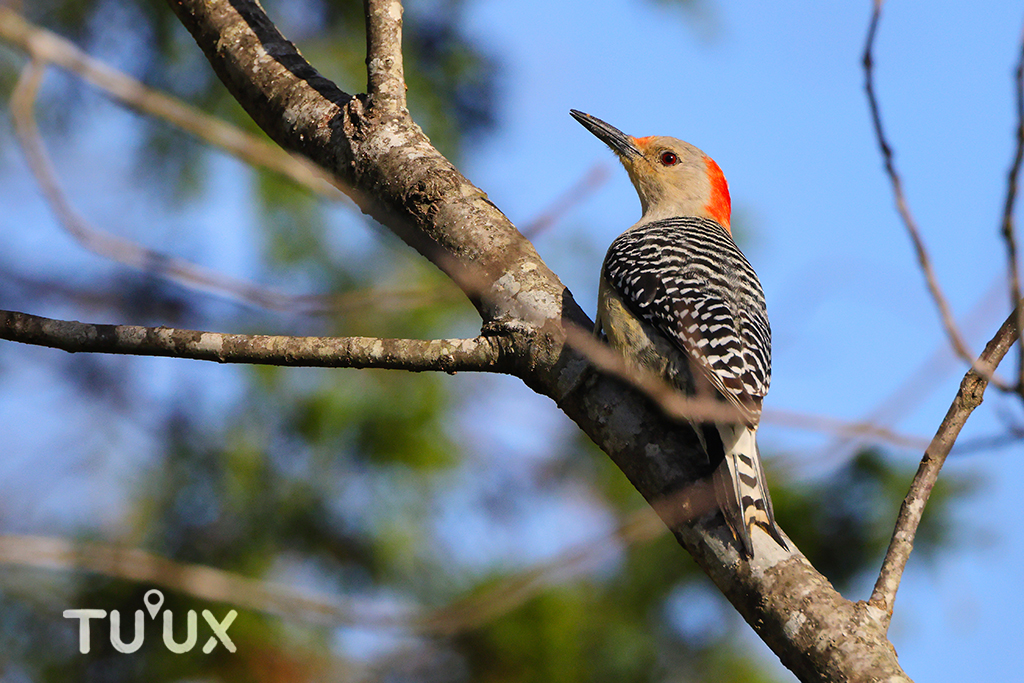
🌴 Introduction
Deep within the tropical forests of the Mexican Caribbean, a rhythmic and piercing sound breaks the morning stillness: the unmistakable drumming of the woodpecker. These birds, symbols of tenacity and precision, not only enhance the landscape with their vibrant plumage but also play a crucial ecological role as builders of homes for dozens of species. In regions like Mahahual, Bacalar, Tulum, and the Sian Ka’an Biosphere Reserve, their presence is a clear sign of a healthy ecosystem.
🛠️ What Makes the Woodpecker Unique?
Woodpeckers belong to the Picidae family, known for their behavior of pecking trees with impressive strength and accuracy. This activity isn’t just about feeding—seeking larvae, insects, and sap—but also about excavating nesting cavities, often reused by other forest dwellers.
Amazing Adaptations
- Sharp, strong beak: acts like a natural chisel.
- Extremely long tongue: some species can extend it up to 10 cm beyond the beak.
- Reinforced skull and shock absorber system: protects their brain from constant impact.
- Zygodactyl feet: two toes forward and two backward, providing firm grip on tree trunks.
🌿 Woodpecker Species of the Mexican Caribbean
Across the Yucatán Peninsula, especially in Quintana Roo, a variety of woodpecker species inhabit the lush forests and coastal mangroves. Here are a few of the most representative:
🔶 Melanerpes aurifrons – Golden-fronted Woodpecker
- Identification: bright yellow forehead, black plumage with red and white markings.
- Habitat: common in semi-open areas, even near rural communities.
- Behavior: social, curious, and adaptable to human-modified landscapes.
🔴 Dryocopus lineatus – Lineated Woodpecker
- Identification: large size, black plumage with white stripes on the wings, and a striking red crest.
- Habitat: mature forests and tropical jungle, often seen in protected areas like Sian Ka’an.
- Sound: powerful drumming that can be heard over long distances.
🟡 Melanerpes pucherani – Black-cheeked Woodpecker
- Identification: black head, yellow back, and red belly.
- Distribution: prefers humid tropical forests and is more elusive but very active.
- Diet: fruits, insects, and nectar.
🪵 A Key Role in the Ecosystem
Woodpeckers are true forest engineers. By carving out their nests in dead or dying trees, they create shelter that is later reused by owls, reptiles, mammals, and other bird species like trogons and motmots.
They also help control insect populations by feeding on wood-boring bugs, contributing to forest health.
📍 Where to Spot Them
The Mexican Caribbean offers countless opportunities to observe woodpeckers in their natural habitat. Recommended birdwatching spots include:
- Sian Ka’an Biosphere Reserve
- Forests near Mahahual
- Conservation zones in Felipe Carrillo Puerto
- Laguna Bacalar and surroundings
- Tulum National Park
Bring binoculars, maintain silence, and watch for cavities in tree trunks. Often, patience and attention are all you need.
⚠️ Conservation Challenges
Although many woodpecker species are listed as “Least Concern” by the IUCN, deforestation, wildfires, and urban expansion threaten their habitats and nesting sites.
How You Can Help
- Support reforestation and natural area protection programs.
- Avoid cutting old trees, especially those with cavities or signs of wildlife.
- Promote environmental education and responsible ecotourism.
- Participate in citizen science platforms like iNaturalist to document sightings.
🧭 Conclusion: Heartbeat of the Caribbean Forest
The woodpecker does more than carve wood—it carves the ecological story of the Mexican Caribbean. Each peck is part of a symphony that sustains and shapes the biodiversity of the region. Watching one in action is a reminder that even the smallest gestures in nature sustain life as a whole.


